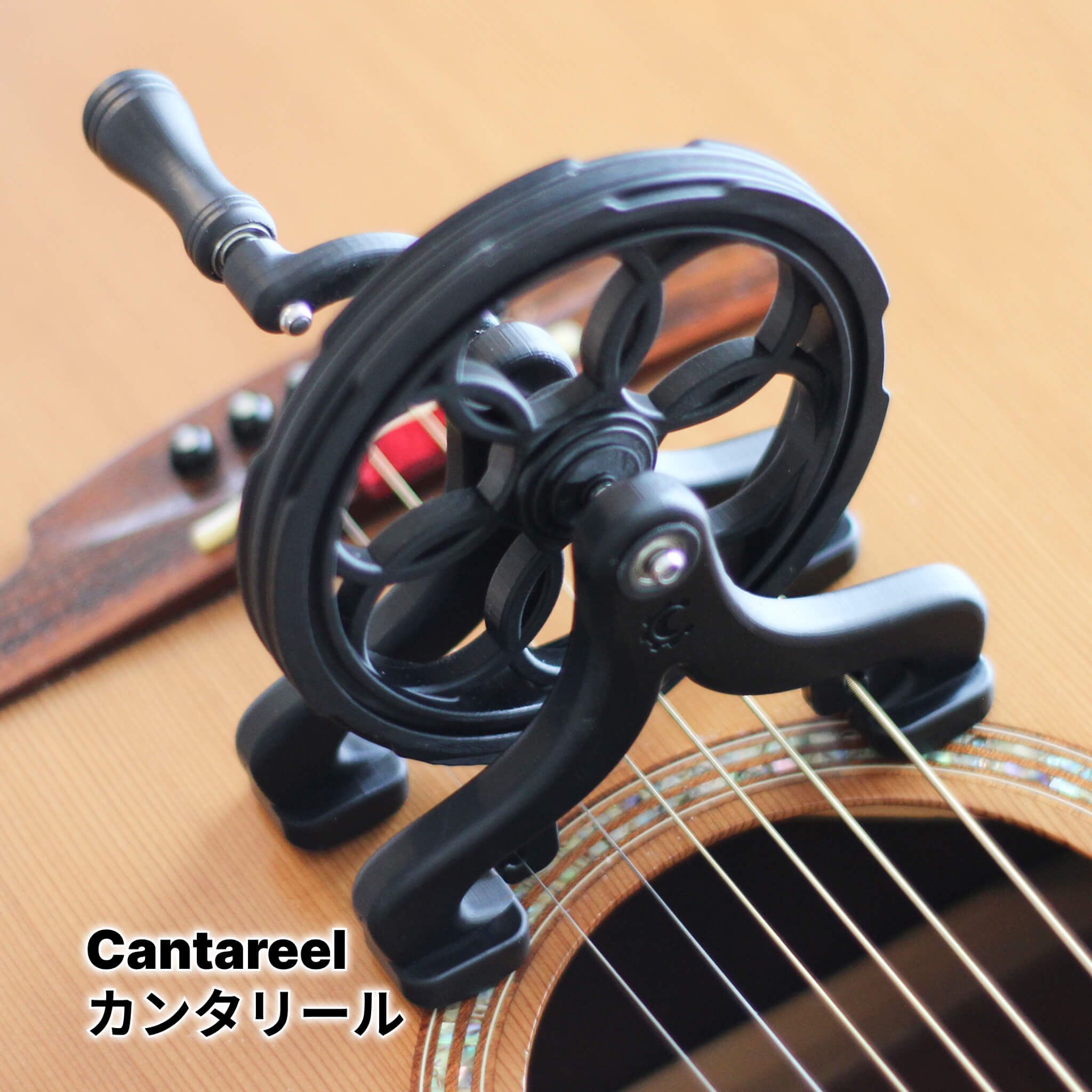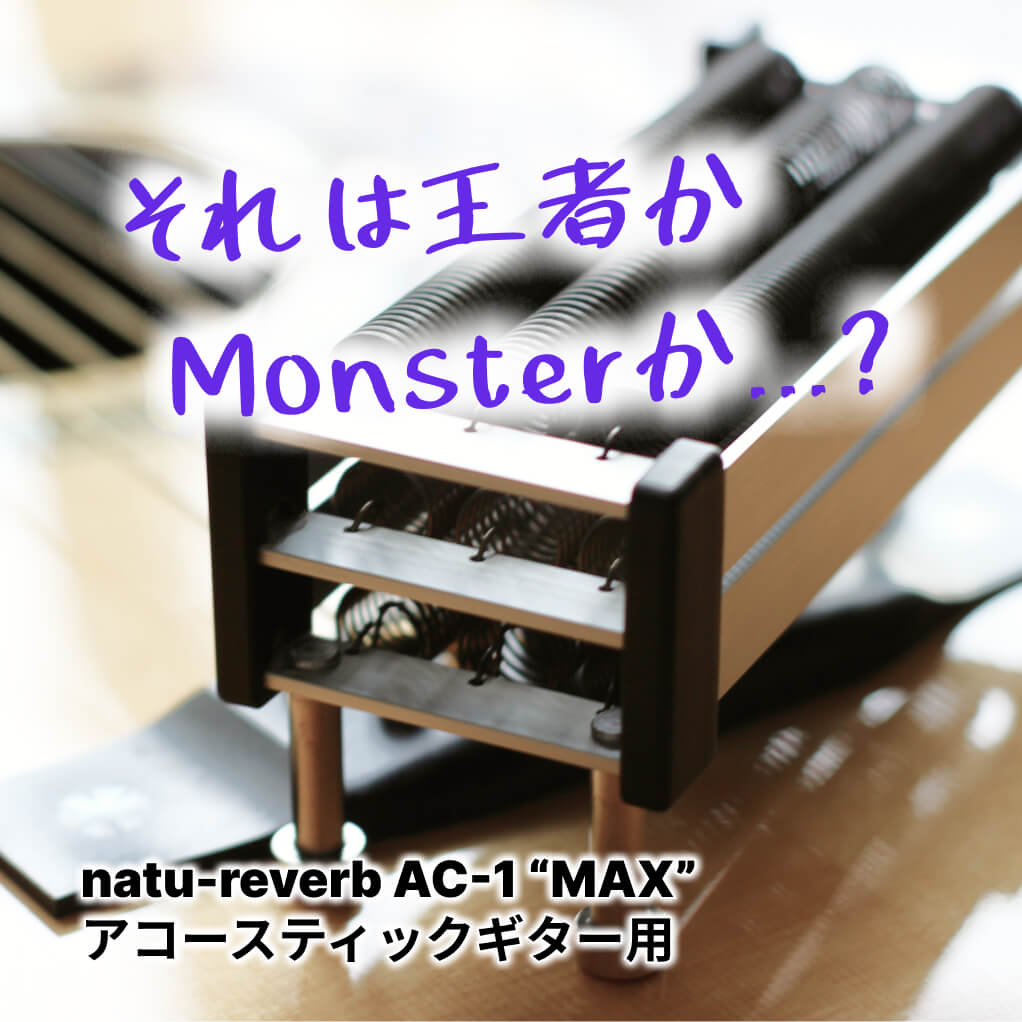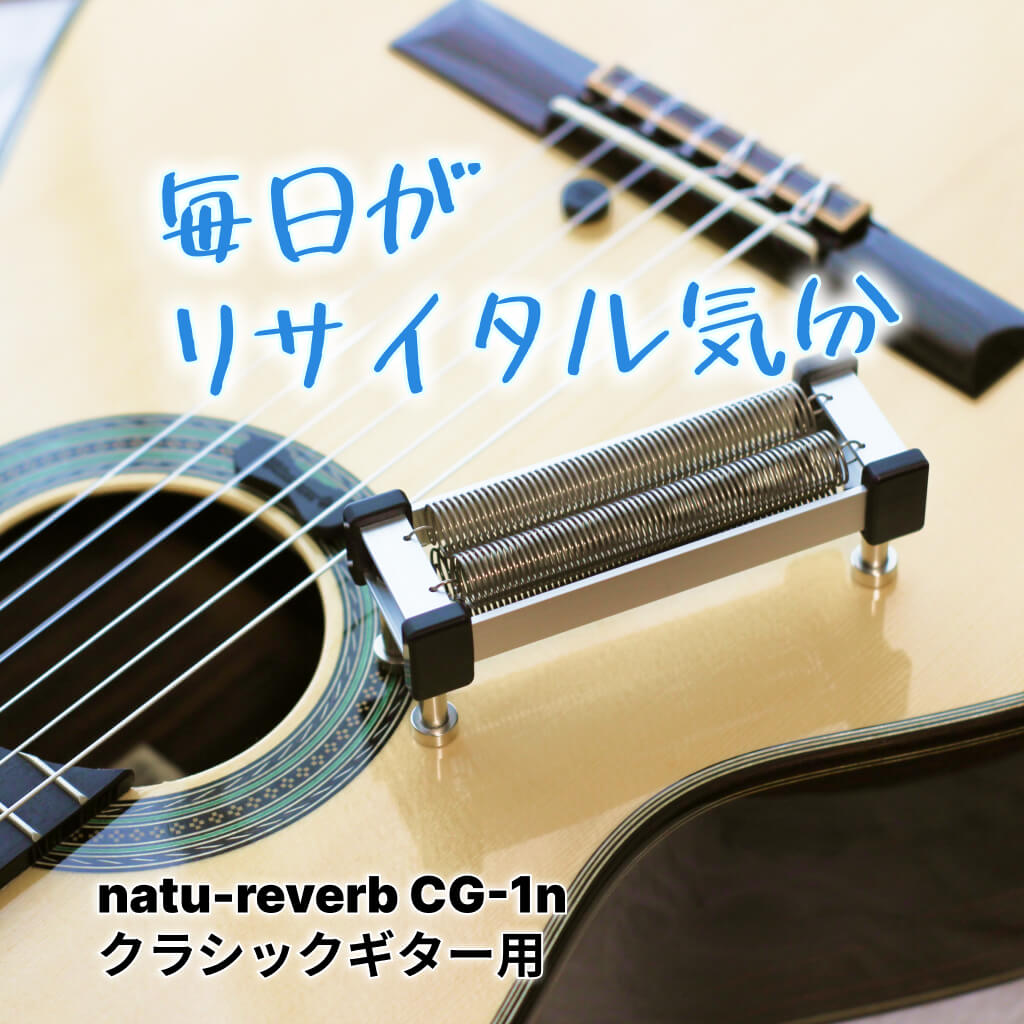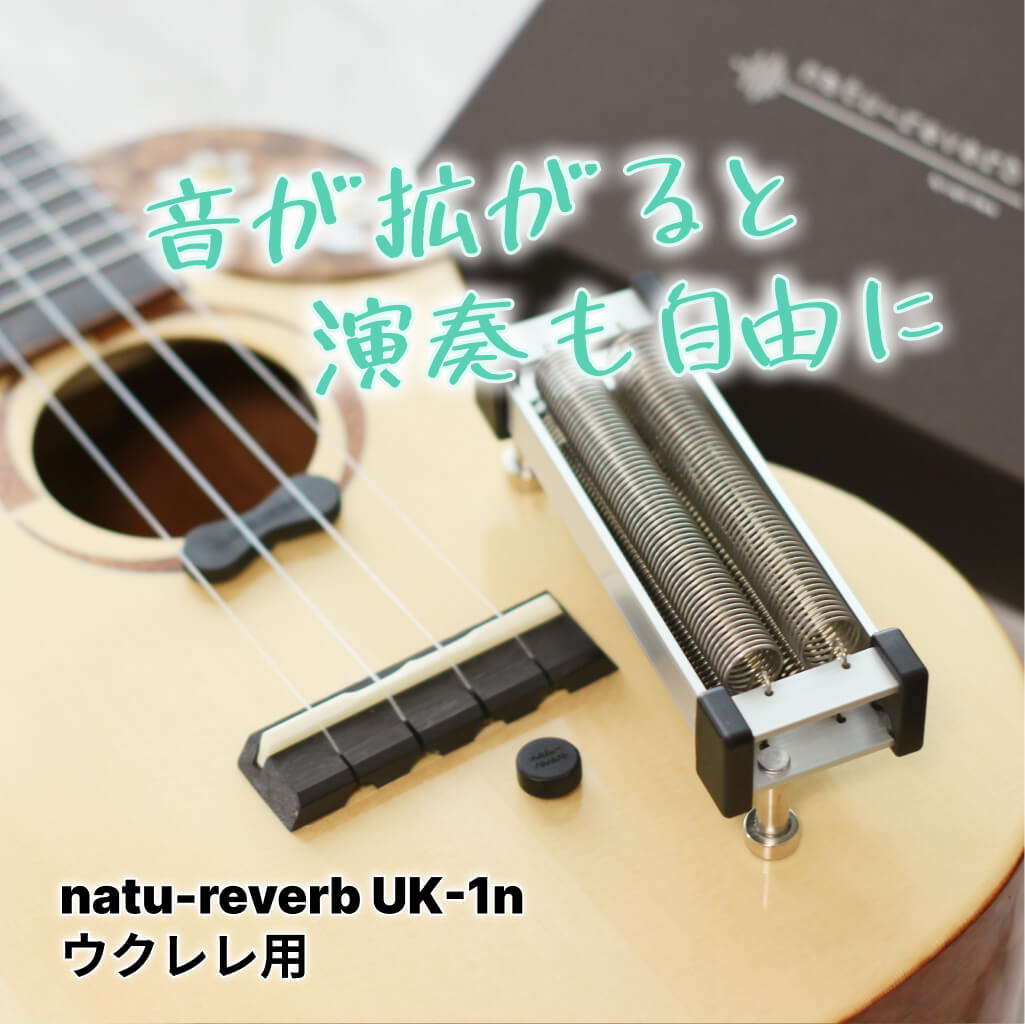For stringed instrument players, the admiration for "reverb" never ends.
There is a big difference in playing comfort between playing without reverb and playing with reverb.
Once you know the comfort of reverb in a concert hall, many people will try to recreate that sound at home.
This time, I will explain in an easy-to-understand manner how “reverb” works, its effects, and how to use it effectively.
Reverb mechanics and impressions
First, let me explain reverb.
continuous sound bouncing
Reverb is achieved by a phenomenon in which a sound source is reflected off of surrounding objects, and the bouncing sound waves overlap like a pattern, making them sound as if they were continuous.
Specifically, the sound directly heard from the sound source overlaps with the reflected sound, creating new sounds that create reverberations and natural sound images.
reminiscent of the expanse of space
The reason why reverb gives the impression of expanding the space is due to the number of reflected sounds and the time difference between the reflected sounds.
When a sound source is reflected by surrounding objects, multiple reflected sounds are produced, and these sounds overlap to create a new sound. As a result, you can hear the reflected sound in addition to the sound that you hear directly from the sound source, giving you the feeling that the sound spreads throughout the space.
In addition, the time difference until the reflected sound can be heard also has an effect. By hearing the reflected sound with a delay from the sound that is heard directly from the sound source, you can get the feeling of creating a space far away from the sound source.
These elements can create a spatial effect, and by applying reverb, you can create a more natural and realistic acoustic environment.
Feel like you're in control of the space
The feeling of dominating the space by applying reverb is psychologically related to spatial perception through auditory sense.
Hearing plays an important role in perceiving space. In addition to hearing the sound directly from the sound source, you can also hear the reflected sound, giving you the feeling that the entire space is filled with sound.
Also, by hearing the reflected sound with a delay, you can get the feeling of creating a space far away from the sound source. This gives the impression of expanding the space.
Furthermore, by adjusting the volume, sound quality, duration of sound, etc., various spaces can be produced. As a result, by applying reverb, you can get the feeling of dominating the space.
Effects of reverb and when it is used
Next, we will explain the situations in which the reverb effect is demonstrated and its effect.
Appeal effectively in important situations
Because reverb can create space, it can give different impressions depending on the space in which the speaker is speaking. For example, in a conversation in a large space, the voice spreads out, giving a strong impression that the speaker is speaking.
Reverb can also give different impressions depending on how the speaker speaks. For example, if the speaker is speaking in a serious tone, reverb can accentuate that tone and make it appear important to the listener.
These effects make it important for listeners to hear the speaker's voice more clearly and emphasize the speaker's way of speaking by creating space when using reverb to convey important points. It is thought that it can make an impression.
These effects can make communication more effective and convey the speaker's intentions more accurately.
reminiscent of large spaces
Acoustically, reverb is an acoustic effect caused by the reflection of sound from objects, walls, etc.
Sound reflects, so the larger the space, the more sound will be reflected and the more reverb sound will occur.
As a result, you can get the effect of thinking that the space is large.
Especially in performances and theater performances in large spaces, the use of reverb can give the impression that the sound is expansive.
Soften the impression of sound
Adding reverb to a sound can make it sound softer and smoother.
This is because reverb creates a time delay in the sound, making the sound waveform softer and smoother.
In addition, reverb expands the sound into space, making it sound more expansive and making the sound softer.
Reverb can sometimes be used to make a sound more natural, especially when playing an instrument or singing, as it gives the impression of a softer sound.
How to add reverb to your guitar
Next, I will explain in an easy-to-understand manner how to apply reverb to the sound of the guitar.
Applying reverb to the sound output from the amplifier
There are several ways to apply reverb to the sound output from the guitar amp.
- Use the reverb function built into your guitar amp.
- Connect an external reverb pedal to your guitar amp.
- The output of the guitar amp is output to the recording device, and reverb is applied with editing software after recording.
1. Built-in reverb Many guitar amps have a built-in reverb function. By using this function, you can apply reverb to the sound output from the amplifier.
2. Reverb pedal By connecting a reverb pedal, you can apply reverb to the sound coming out of the amplifier. The reverb pedal can apply various types of reverb, so you can apply reverb that suits your taste.
3. Output to a recording device and apply reverb with editing software By recording the sound output from the amplifier to a recording device and applying reverb with editing software, you can apply reverb to the sound.
Each of these has its pros and cons, so it's important to find the one that works best for you.
Playing in a space with reverb
Reverb has the effect of making sounds feel louder, deeper, and warmer. Also, by suggesting the expansion of space, it has the effect of giving the listener a sense of space. If you want to take advantage of these effects, it is effective to perform in a space where reverb is applied.
Spaces where reverb is applied are buildings with ingenious acoustic design, especially concert halls, opera houses, and churches. In addition, reverb can be applied even in studios where the acoustic design has been devised.
Applying reverb to raw sounds in a room
I spend most of my time playing guitar in my room, not on stage or in concert halls.
When playing at home, it feels great to have reverb on.
However, connecting to an external effector or amplifier to apply reverb is very troublesome, and depending on the circumstances of the room, noise may be a problem.
If possible, I would like to apply reverb directly to the raw sound and enjoy the rich sound with reverb added easily.





